Home » Should Your Packaging Have Interior Print? Factors to Consider and Print Options Explained
Should Your Packaging Have Interior Print? Factors to Consider and Print Options Explained

Packaging plays a crucial role in attracting customers and promoting brand recognition. Companies often spend a lot of time and money designing the perfect package for their products, and one element that can add a unique touch is interior printing.
Interior printing involves printing graphics or text on the inside of a package, such as a box or a bag. This can add an extra level of detail and visual interest to the packaging, but it’s important to consider whether or not it’s the right choice for your product.
Why You Should Consider Interior Print
In this blog, we’ll explore the factors to consider when deciding whether or not your packaging should have interior print.
The Nature of Your Product
The first factor to consider is the nature of your product. Is it a luxury item that requires high-end packaging? Is it a product that requires a lot of information on the packaging, such as instructions or ingredients? If your product is high-end or requires a lot of information, interior printing can be a great way to add an extra layer of detail without sacrificing space on the exterior of the packaging.
The Target Audience
Consider the target audience for your product. Will they appreciate the extra effort put into the packaging, or will they not notice or care? If your target audience is a group that values luxury or high-end products, they may be more likely to appreciate interior printing. On the other hand, if your product is targeted towards a budget-conscious consumer, they may not value the added expense of interior printing.
The Budget
Interior printing can be more expensive than regular packaging, so it’s important to consider your budget. Can you afford the extra cost of interior printing, or would that money be better spent on other aspects of the product or marketing? Consider the return on investment of interior printing and whether or not it will have a significant impact on sales.
The Design of the Packaging
The design of the packaging should also be taken into account when deciding whether or not to include interior printing. If the exterior design is busy or already includes a lot of graphics and text, interior printing may not be necessary and could make the packaging feel cluttered. On the other hand, if the exterior design is simple, interior printing can add an extra level of interest and detail.

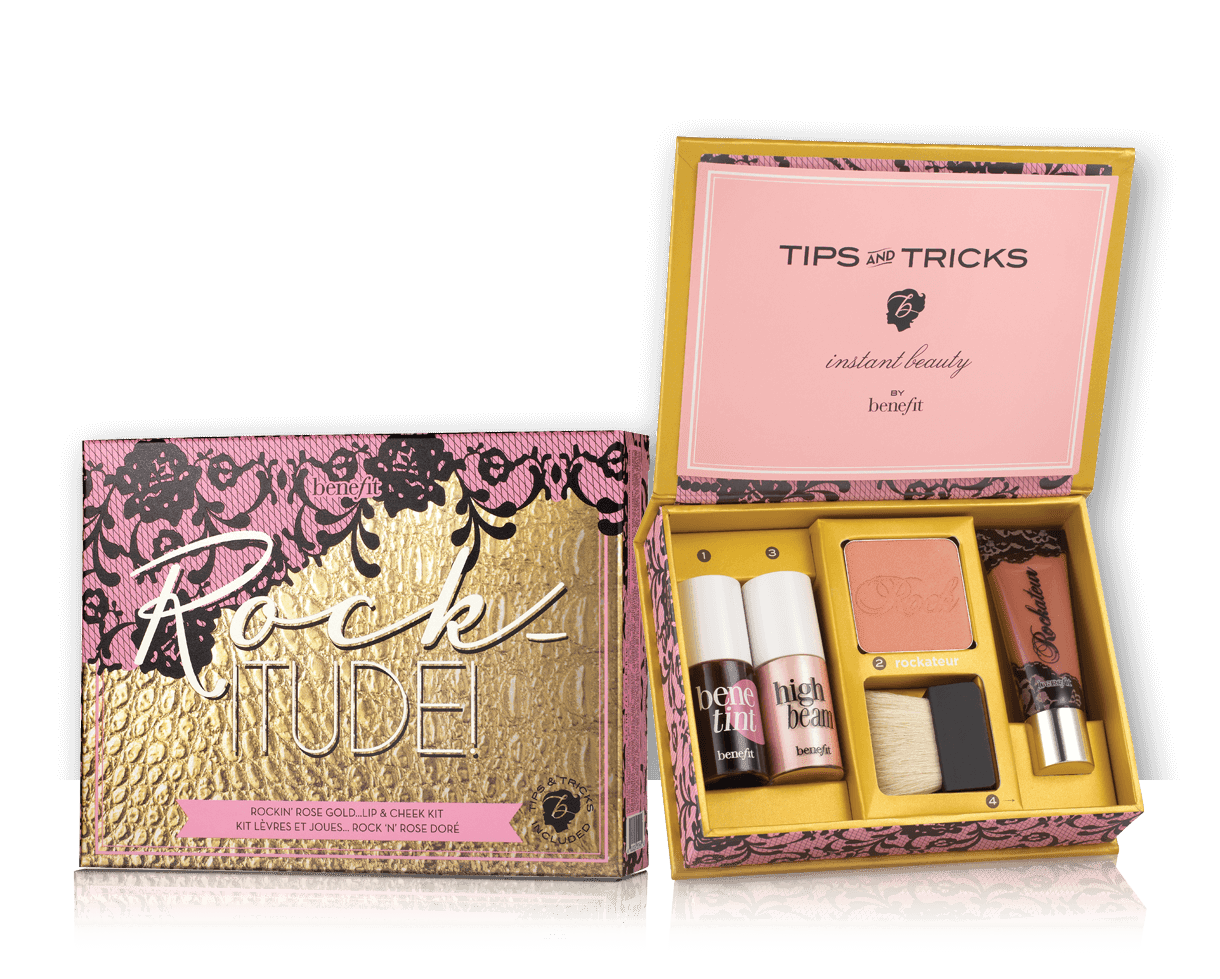

The Packaging Material
Finally, consider the material of the packaging. Some materials, such as paper or cardboard, are easier to print on the interior than others. If the packaging material is not conducive to interior printing, it may not be worth the extra expense or effort.
Popular Print Options Available for Interior Packaging Print
There are several print options available for applying graphics and text to the inside of packaging. These include digital printing, lithographic printing, flexographic printing, and screen printing. Each option has its own unique features, advantages, and limitations. Below are brief explanations of each option:
Digital Printing
Digital printing is a relatively new printing process that uses digital files to produce high-quality prints. It is a popular option for printing on the inside of packaging because it can produce crisp, vibrant images and text with minimal setup time. Digital printing is also highly customizable, allowing for unique designs that can be changed quickly and easily. One drawback of digital printing is that it is not ideal for high-volume printing due to cost.
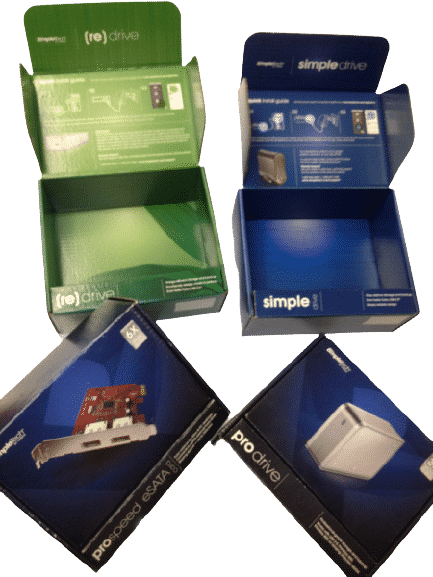
Lithographic Printing
Lithographic printing, also known as offset printing, is a popular option for high-volume printing jobs. It involves transferring ink from a plate onto a rubber blanket and then onto the packaging material. Lithographic printing produces high-quality prints with sharp details and vibrant colors. However, it requires a significant setup time and is not as customizable as digital printing.
Flexographic Printing
Flexographic printing is a popular option for printing on flexible packaging materials such as plastic bags and films. It uses flexible rubber plates to transfer ink onto the packaging material. Flexographic printing can produce high-quality prints at high speeds, making it ideal for high-volume printing jobs. However, it is not as precise as other printing methods and may produce slightly blurred or distorted images.
Screen Printing
Screen printing involves creating a stencil or mesh screen of the desired design and then transferring ink through the screen onto the packaging material. Screen printing can produce high-quality prints with vibrant colors and can be used on a variety of materials, including paper, plastic, and fabric. However, it is not as efficient as other printing methods and requires a significant amount of setup time.


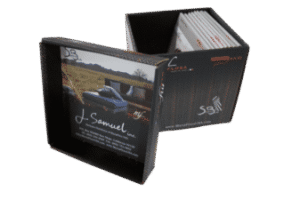
Summary: Interior Packaging Print
In conclusion, the decision to use interior printing on packaging requires careful consideration of several factors, including the product, target audience, budget, packaging design, and material. Interior printing can enhance the customer experience and create a memorable impression, but it should be used strategically and in line with the brand identity.
By selecting the appropriate print option, businesses can create stunning and unique packaging designs that not only protect their products but also increase brand recognition and customer loyalty.
If you are interested in custom printed packaging, then partner with Brown Packaging today to get started.
With new tariff proposals and continued trade uncertainty, 2026 is shaping up to be another pivotal year for packaging sourcing strategy. Many companies that shifted
Following multiple rounds of tariff changes and trade policy adjustments, 2026 marks a turning point for U.S. packaging buyers. Many who previously transitioned from China
Shifting packaging production from China to the U.S. can help stabilize costs, reduce tariff exposure, and shorten lead times. But the transition process requires careful
RSC boxes are known for their efficiency and versatility, but their performance ultimately comes down to strength. Buyers often see numbers like ECT, BCT, and
In packaging, foam isn’t just about initial protection — it’s about maintaining performance over the entire shipping or storage cycle. Compression set and recovery characteristics
Pouches are a go-to for flexibility and convenience, but they can fail in critical ways—from poor seals to punctures and delamination—that hurt performance and brand
Home » Should Your Packaging Have Interior Print? Factors to Consider and Print Options Explained

Choosing the right printing method for your packaging is very important. It is necessary to consider artwork, design, quantity, time frame and many more when
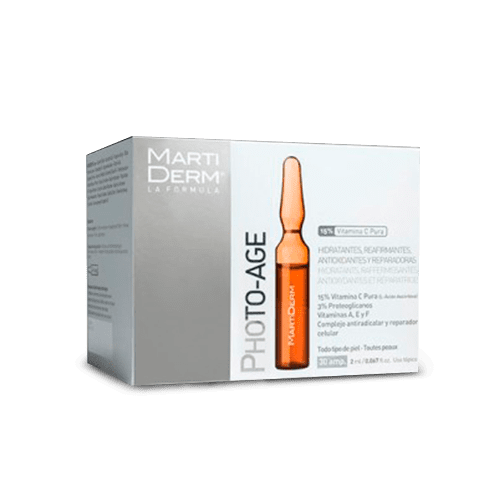
Lithography and digital print are two of the most commonly used methods in packaging printing. They both have unique advantages and disadvantages, and understanding these
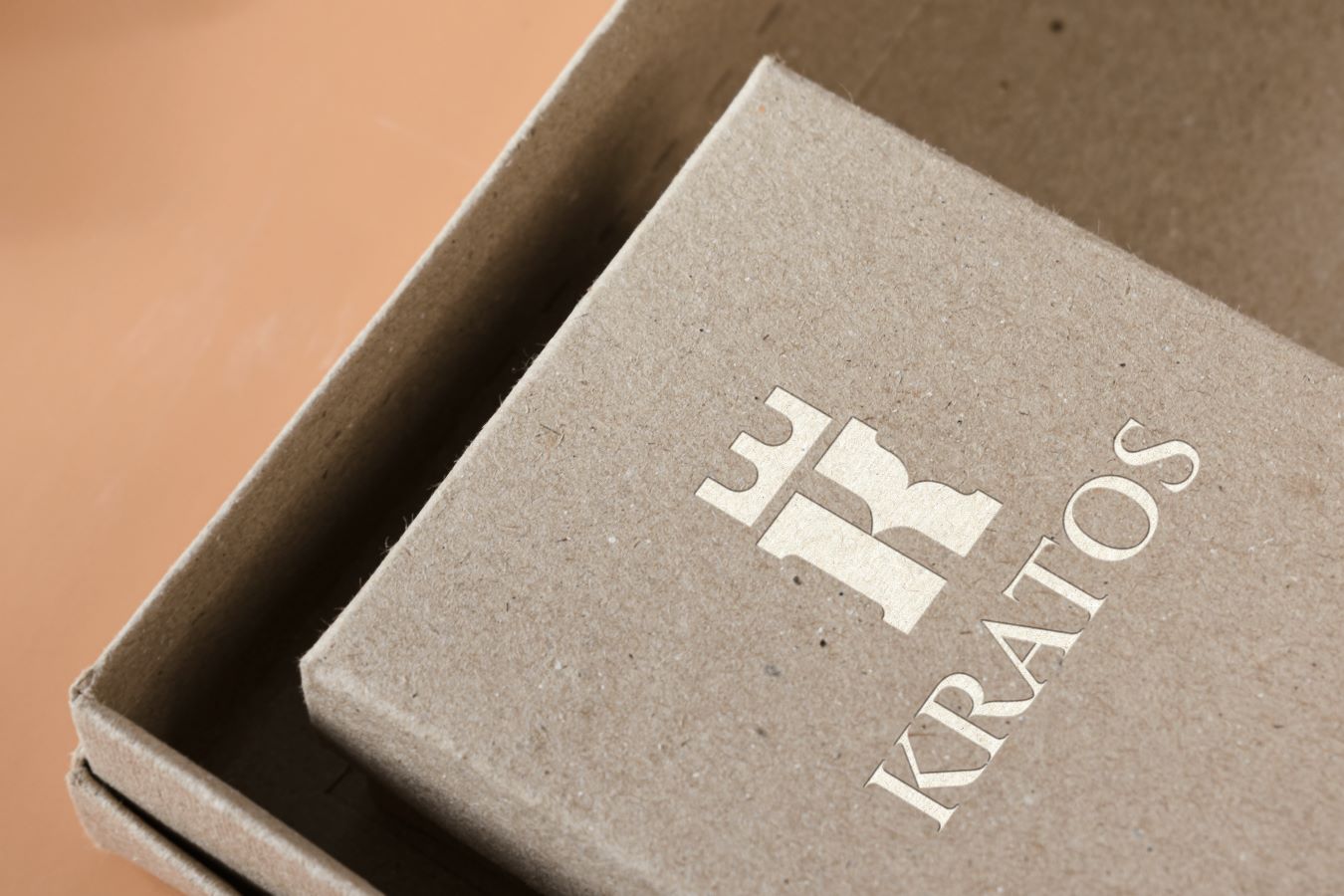
In the dynamic world of packaging, embossing stands out as a distinguished technique that adds depth and texture to product packaging, elevating the consumer experience.


